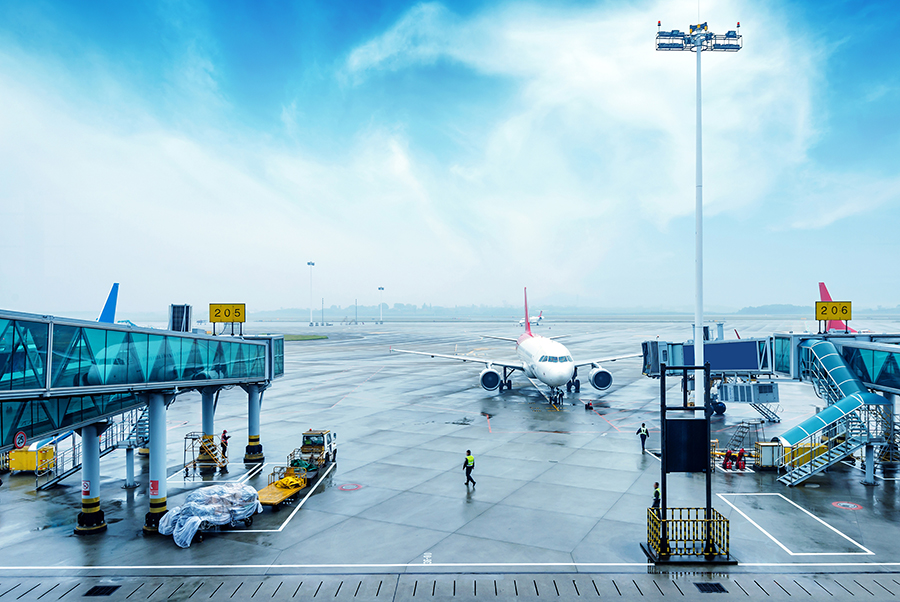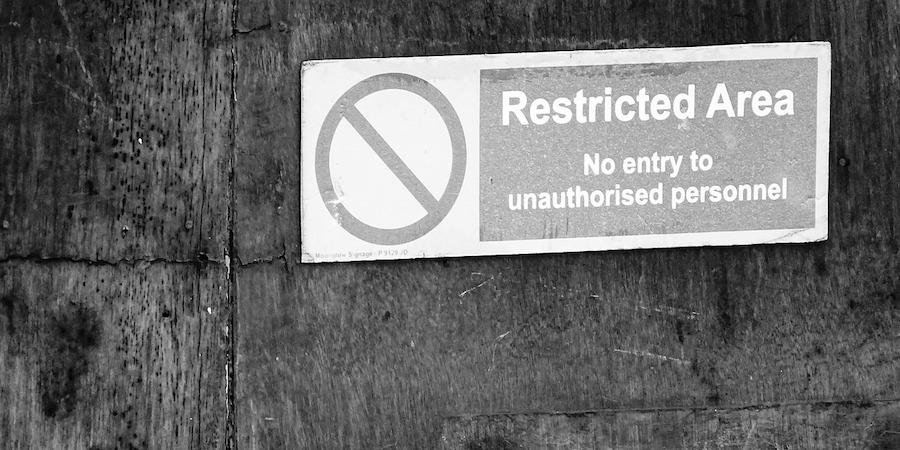Without a clear understanding of what tail numbers, callsigns, and flight numbers are, you can easily find yourself in a vortex of alphanumeric codes and seemingly random words. In this article, we will define and explore the concepts mentioned above, starting with the tail number, moving on to the flight number, and finally, the callsign. I hope this article will give you a nuanced understanding of these aviation concepts.
Here are quick definitions for each:
- Tail number: A tail number, or N-number in the United States, is an alphanumeric code with two to six characters found on the exterior of an aircraft.
- Flight number: A flight number is a specific code that an airline allocates to a flight in its network. In addition to being used by airlines, the flight number aids Air Traffic Control in coordinating and monitoring airborne flights.
- Callsign: An airplane callsign is a set of alphanumeric characters used to identify an aircraft in air-ground communications.
What Is a Tail Number?
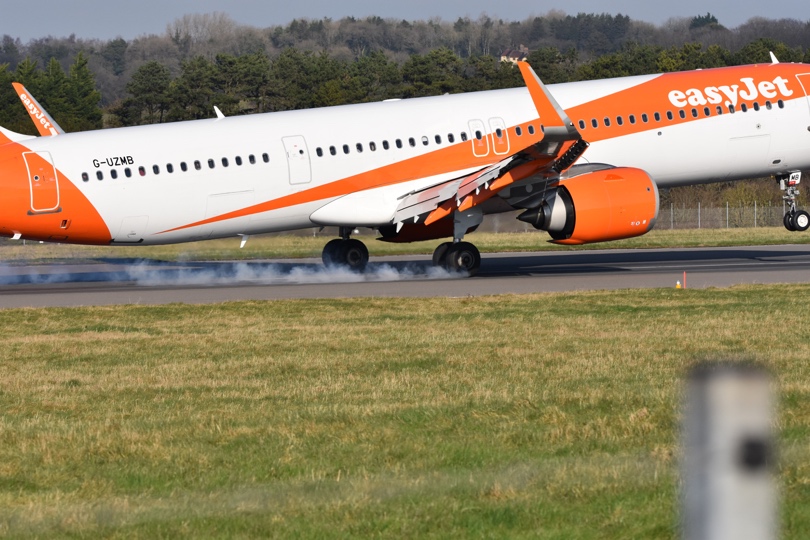
You have probably spotted an alphanumeric code on the exterior of an airplane before. This is known as the tail number. A tail number, or N-number in the United States, is an alphanumeric code with two to six characters found on the exterior of an aircraft.
Ironically, an aircraft’s tail number is seldom found on the tail. The tail number is usually found on the rear fuselage or on rear-mounted engines. For example, in the image above, the tail number, G-UZMB, is found on the rear fuselage of the airplane.
The first letter of the tail number identifies the airplane’s country of origin. In the United States, all tail numbers start with “N,” whereas those registered in Canada begin with a “C.” In the image above, the G prefix of the tail number denotes a civil aircraft registered in the United Kingdom.
After the country signifiers, you will see a hyphen. The characters coming after the hyphen are specific to that airplane. The remaining letters and numbers are typically left up to the issuing authority’s discretion; however, they usually consist of three digits followed by two letters.
An airplane has a tail number from the time it is produced. All countries mandate that airplanes are registered by a central government agency. For example, an airplane based in the United States must be registered to the Federal Aviation Administration (FAA). The tail number is known as the airplane’s registration number. The tail number is used to track the aircraft’s sale history, locations, and maintenance records for the regulation of aspects such as tax collection and law enforcement.
The information from tail numbers is public. Keep a lookout for the tail number on the next airplane you board and Google it. You may be fascinated to learn more about the history of the airplane you’re on. You can find information on the aircraft model, age, production location, and much more online.
In the case of changed ownership, for instance, a tail number can be changed, but this requires extensive paperwork. A commercial airplane is sometimes assigned a temporary tail number during flight testing. The airplane is assigned a new tail number before joining the airline’s fleet.
For the system to be effective, multiple airplanes cannot have the same tail number. However, a tail number can be reused. For example, if a tail number was removed from the registration database because the aircraft was scrapped, the tail number can then be used for a different airplane.
Later in this article, we’ll discuss how tail numbers are used in callsigns.
What is a Flight Number?
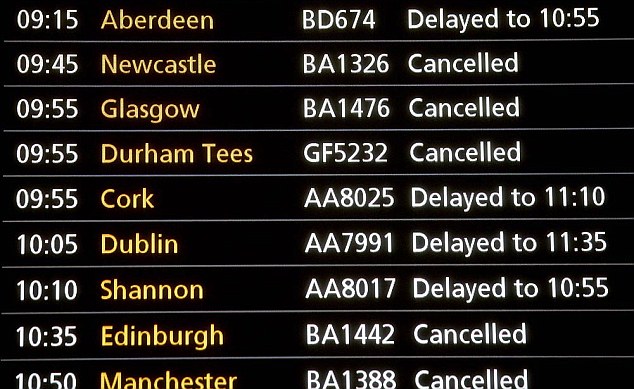
There is rhyme and reason to every aspect of the logical aviation industry. Even the number on your boarding pass conforms to laws and regulations. A flight number is a specific code that an airline allocates to a flight in its network. In addition to being used by airlines, the flight number aids Air Traffic Control in coordinating and monitoring airborne flights.
Now that we understand the purpose of a flight number, we can begin deciphering the code itself. The letters that make up the flight number are simple; they stand for the airline. For instance, Delta uses DL.
The numbers add complexity to the system. Flight numbers can be up to four digits. Every flight number must have a number between 1 and 9999.
Although some trends exist, every airline has a unique system for assigning flight numbers. The return flight is usually given a number that is one digit higher than the departing flight. For example, Delta operates flight DL614 from LAX to JFK. On return, the flight number will be DL615. Throughout the aviation industry, north and eastbound flights are often allocated even flight numbers, whereas the south and westbound flights are given odd numbers at the end. Airlines even operate with a measure of superstition surrounding flight numbers; You’ll never board flight 666 or 13.
Now let’s look at how flight numbers and tail numbers are used in callsigns.
What Is a Callsign?
You might associate callsigns similar to Top Gun’s iconic callsign, “Maverick.” However, an airplane callsign is actually a set of alphanumeric characters used to identify an aircraft in air-ground communications. An airplane’s callsign differentiates it from other flights.
The easiest way to get someone’s attention in a crowded room is to call their name. A callsign is like an airplane’s name during a particular flight. The air traffic controller transmits information or directions to a single aircraft flying in a busy sky using the same logic.
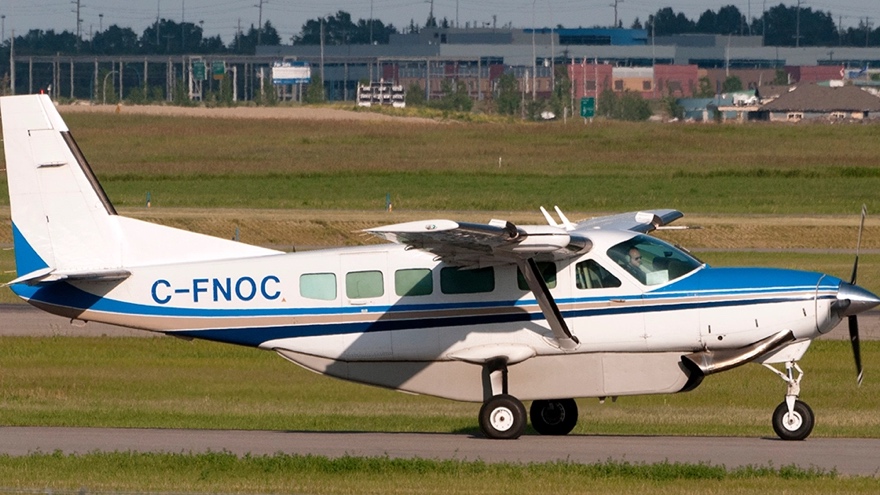
Small, general aviation, and unscheduled airplanes use the airplane tail number as their callsign. To illustrate, look at the picture above and imagine a pilot conducting a flight in the Cessna. We can see the tail number is C-FNOC. Air-ground communications will use the callsign “Charli-Foxtrot-November-Oscar-Charli”, thereby saying the tail number in the phonetic alphabet.
Considering the enormous number of commercial flights, the assignment and usage of distinctive callsigns are a requirement for safe air traffic separation. ICAO (pronounced “ai-kay-oh”) permanently allocates callsigns primarily to scheduled flights and to select air forces for military missions. Callsigns are a three-letter combination, such as KLM, BAW, or VLG, followed by the flight number, such as AAL872 or VLG1011.
Some airlines use radio callsigns that are different from the airline name. For instance, the commercial flight number BA238 would appear on passengers’ boarding passes and in aircraft announcements for British Airways flight 238 between Boston and London. Air traffic controllers see it as BAW29G, and when they and the pilots speak on the radio, they will say “Speedbird Two Niner Golf” because British Airways’ radio callsign is Speedbird.
Conclusion
Whether you are radioing in using your callsign or a passenger spotting a tail number, knowing more about how aircraft and flights are designated in the aviation industry will serve you well. I hope this article has cleared up any confusion surrounding tail numbers, callsigns, and flight numbers.
